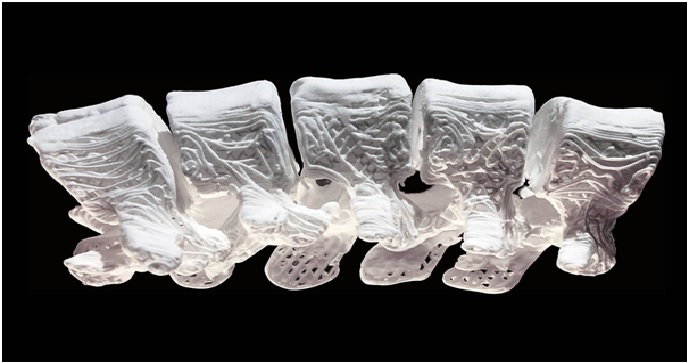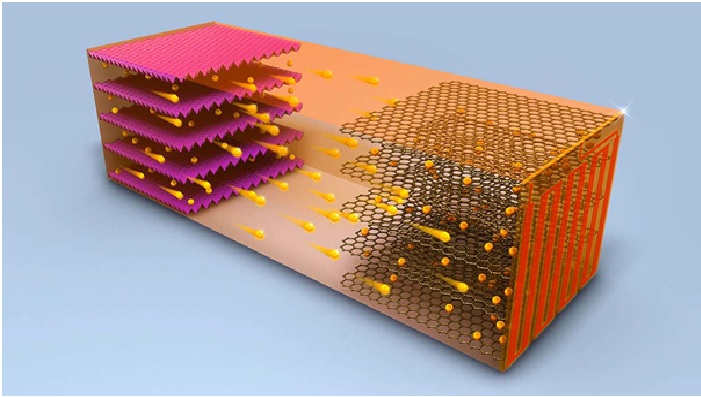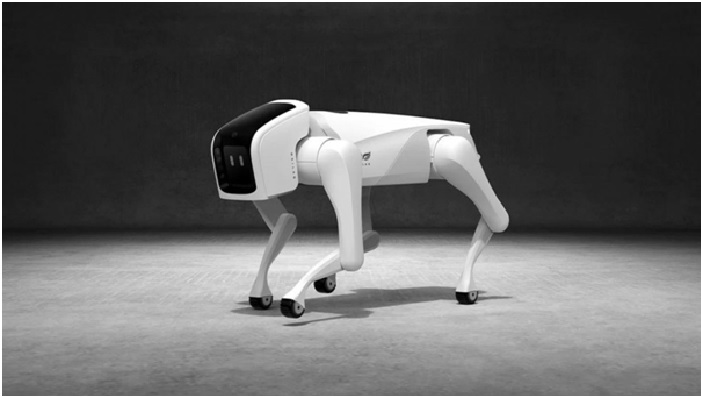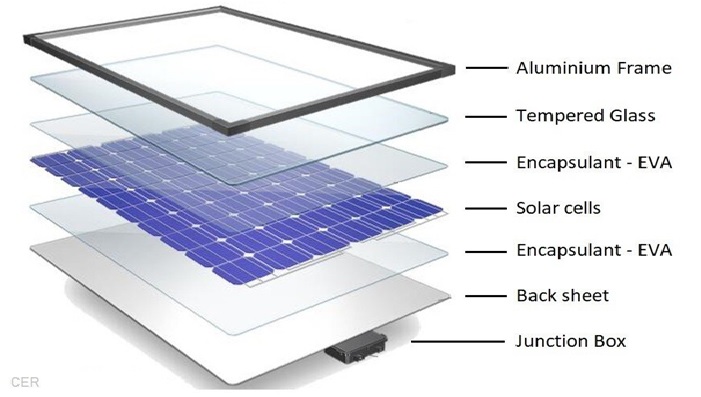Electronic skin: Physicist develops multisensory hybrid material
The “smart skin” developed by Anna Maria Coclite is very similar to human skin. It senses pressure, humidity and temperature simultaneously and produces electronic signals. More sensitive robots or more intelligent prostheses are thus conceivable.
The skin is the largest sensory organ and at the same time the protective coat of the human being. It “feels” several sensory inputs at the same time and reports information about humidity, temperature and pressure to the brain. For Anna Maria Coclite, a material with such multisensory properties is “a kind of ‘holy grail’ in the technology of intelligent artificial materials. In particular, robotics and smart prosthetics would benefit from a better integrated, more precise sensing system similar to human skin.” [1]
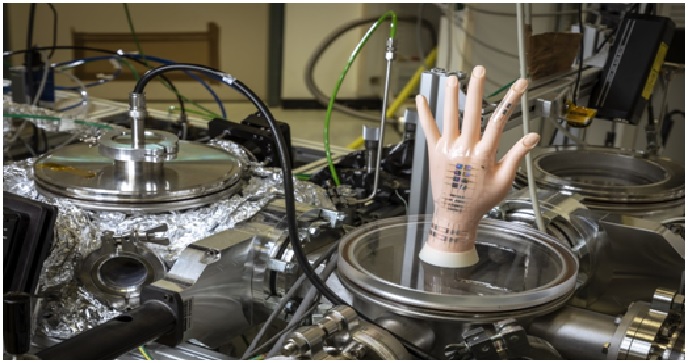
Figure 1. Electronic skin: Physicist develops multisensory hybrid material
Figure 1 shows "the ERC grant winner and researcher at the Institute of Solid State Physics at TU Graz has succeeded in developing the three-in-one hybrid material "smart skin" for the next generation of artificial, electronic skin using a novel process. [2]
As delicate arsenic a fingertip
For astir six years, the squad worked connected the improvement of astute tegument arsenic portion of Coclite’s ERC task Smart Core. With 2,000 idiosyncratic sensors per quadrate millimetre, the hybrid worldly is adjacent much delicate than a quality fingertip. Each of these sensors consists of a unsocial operation of materials: an astute polymer successful the signifier of a hydrogel wrong and a ammunition of piezoelectric zinc oxide. [3]
Material Processing at the Nanoscale
Each sensor layer is very thin and simultaneously fitted with sensor elements covering the whole surface. There are numerous fields of application for this skin-like hybrid material. In healthcare, for instance, the sensor material could autonomously perceive microorganisms and communicate data about them accordingly.
Furthermore, it could be feasible to create prostheses that inform the wearer information about humidity or temperature, or robots that can sense their surroundings more sensitively. On the route to application, smart skin scores with a critical benefit: the sensory nanorods — the “smart core” of the material — are created using a vapor-based engineering process.
This process is already proven in, for example, production units for integrated circuits. The manufacture of smart skin can thus be effortlessly scaled and executed in present production lines. [4]
References:
- https://techilive.in/electronic-skin-physicist-develops-multisensory-hybrid-material-3in1-hybrid-material-for-the-next-generation-of-smart-artificial-skin/
- https://techilive.in/electronic-skin-physicist-develops-multisensory-hybrid-material-3in1-hybrid-material-for-the-next-generation-of-smart-artificial-skin/
- https://lodgestate.com/electronic-skin-physicist-develops-multisensory-hybrid-material-2097.html
- https://www.azosensors.com/news.aspx?newsID=15049
Cite this article:
Thanusri swetha J (2022), Electronic skin: Physicist develops multisensory hybrid material, AnaTechMaz, pp.91





